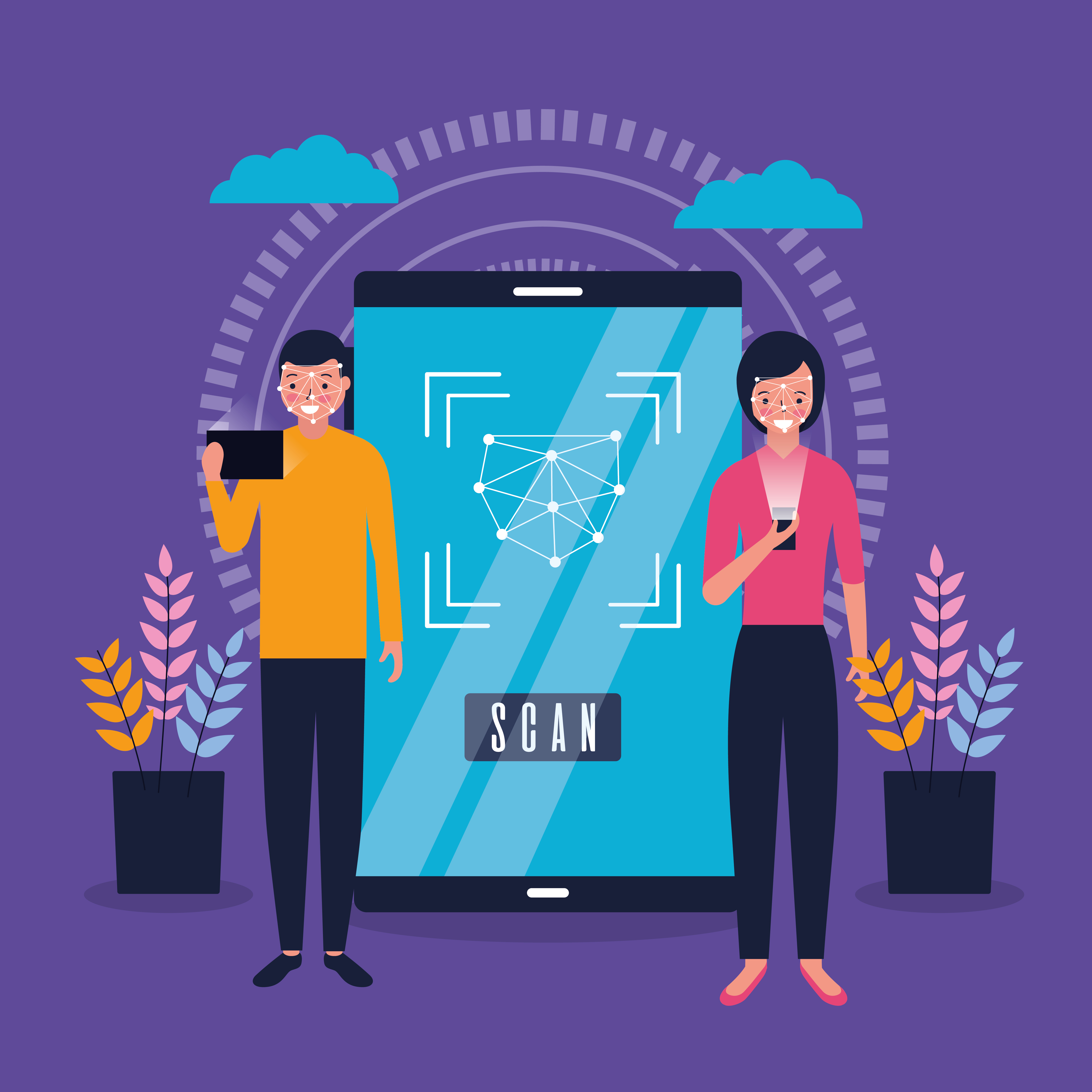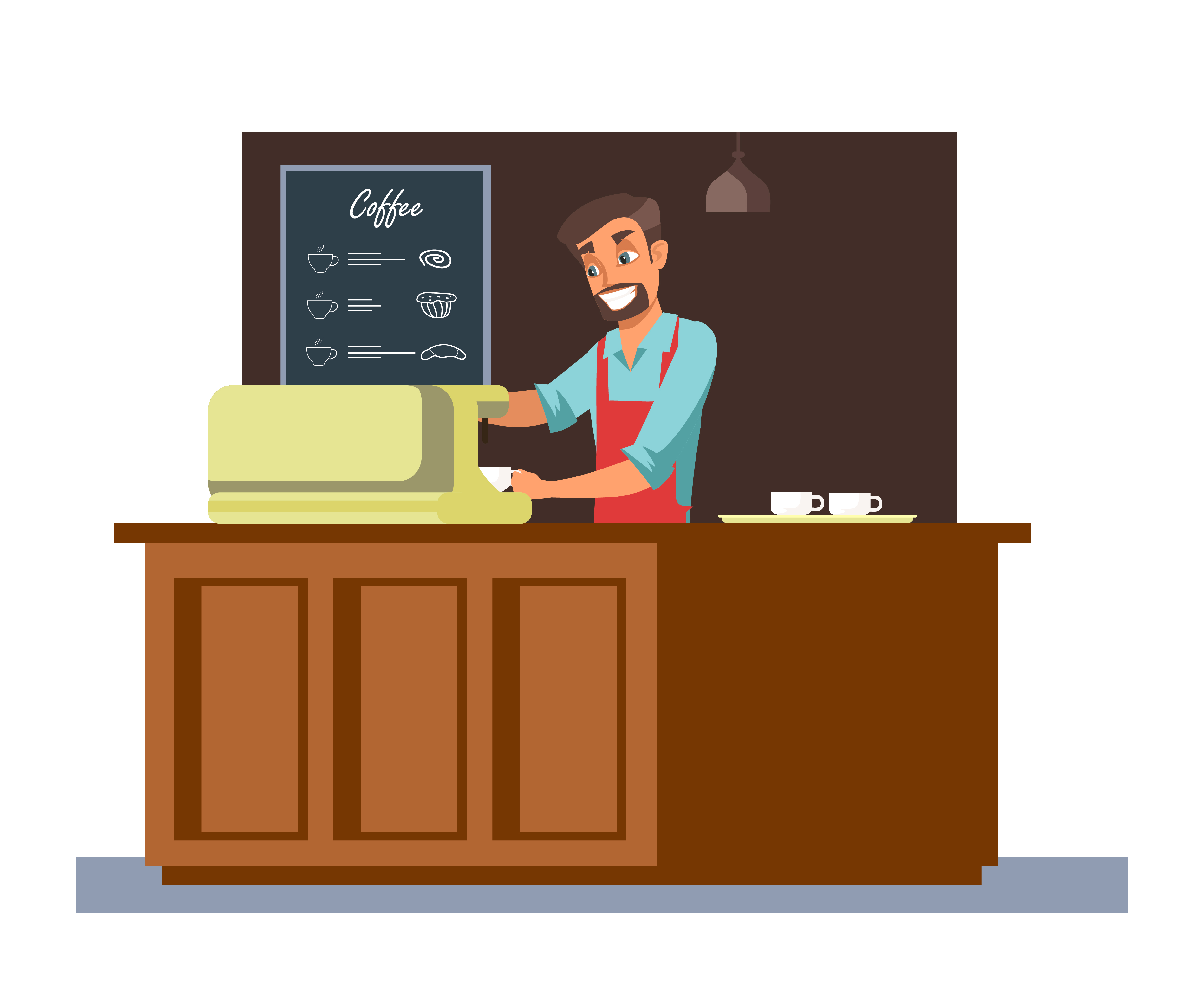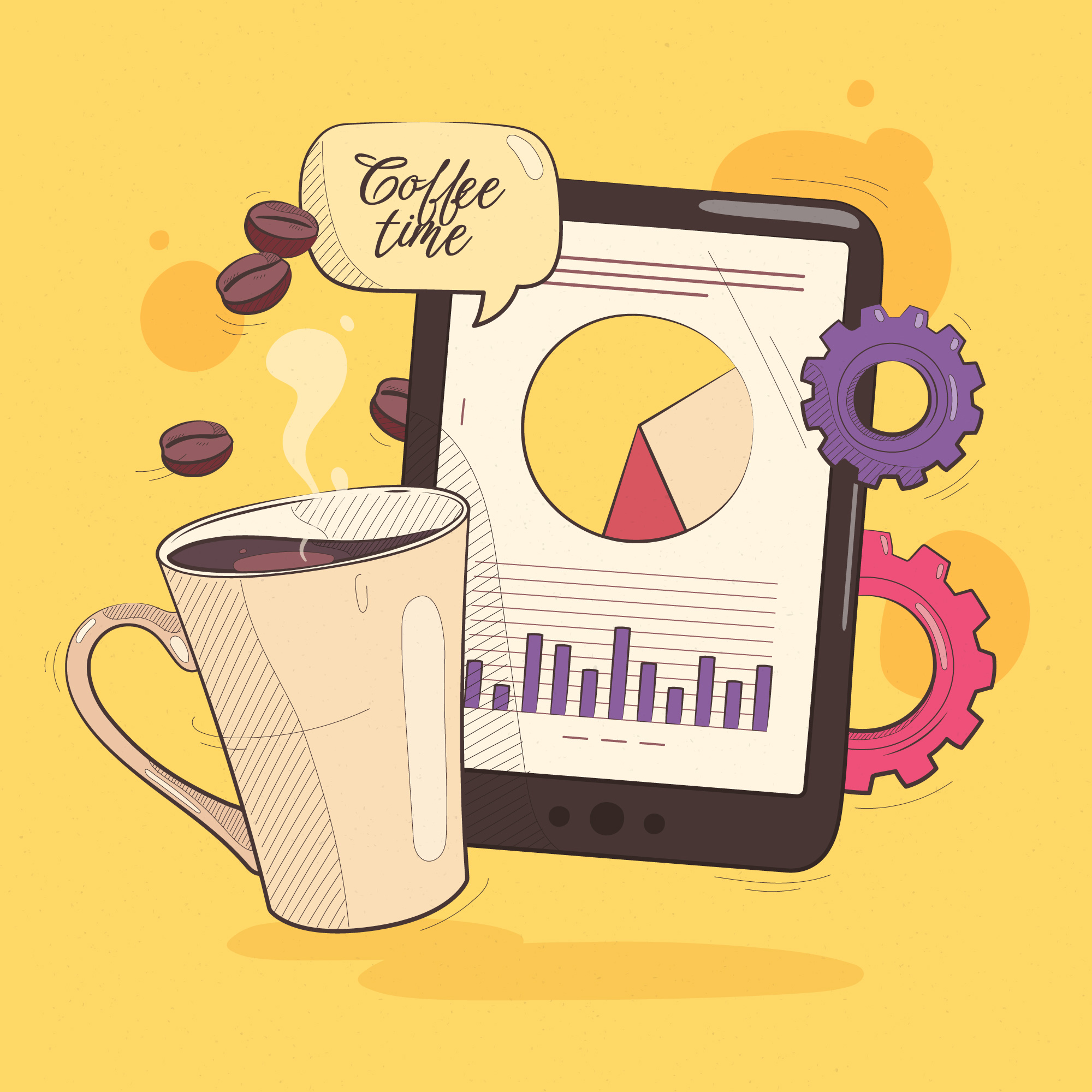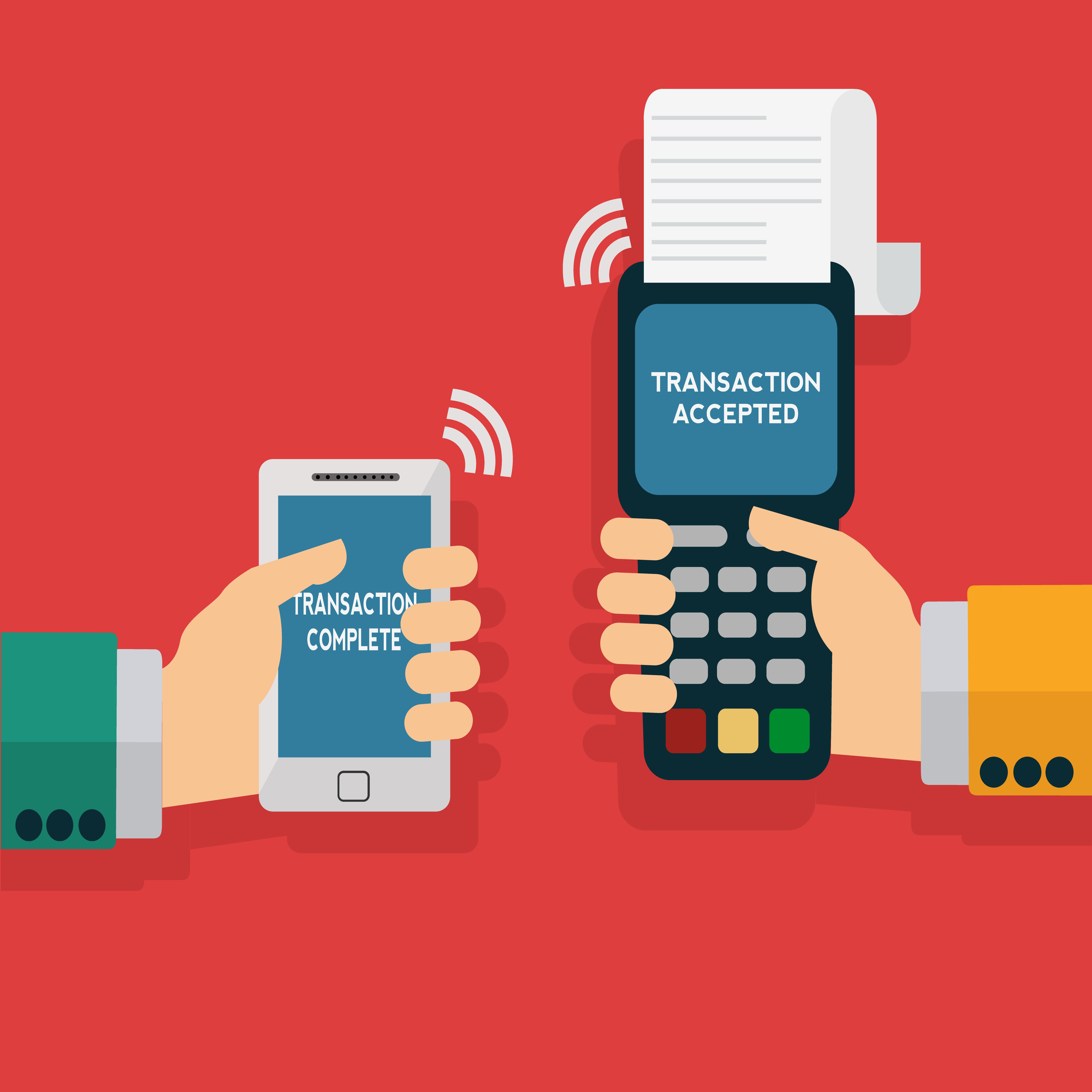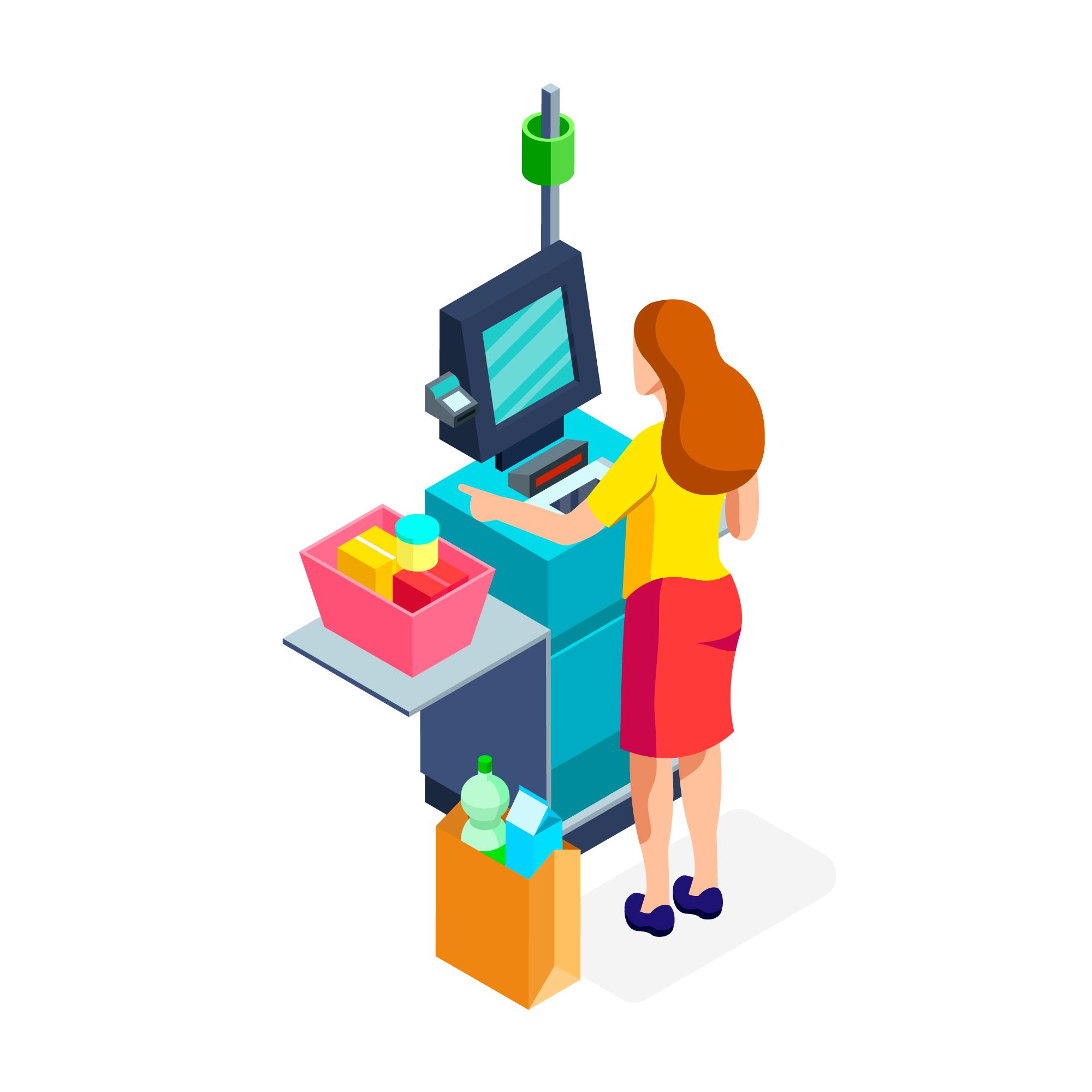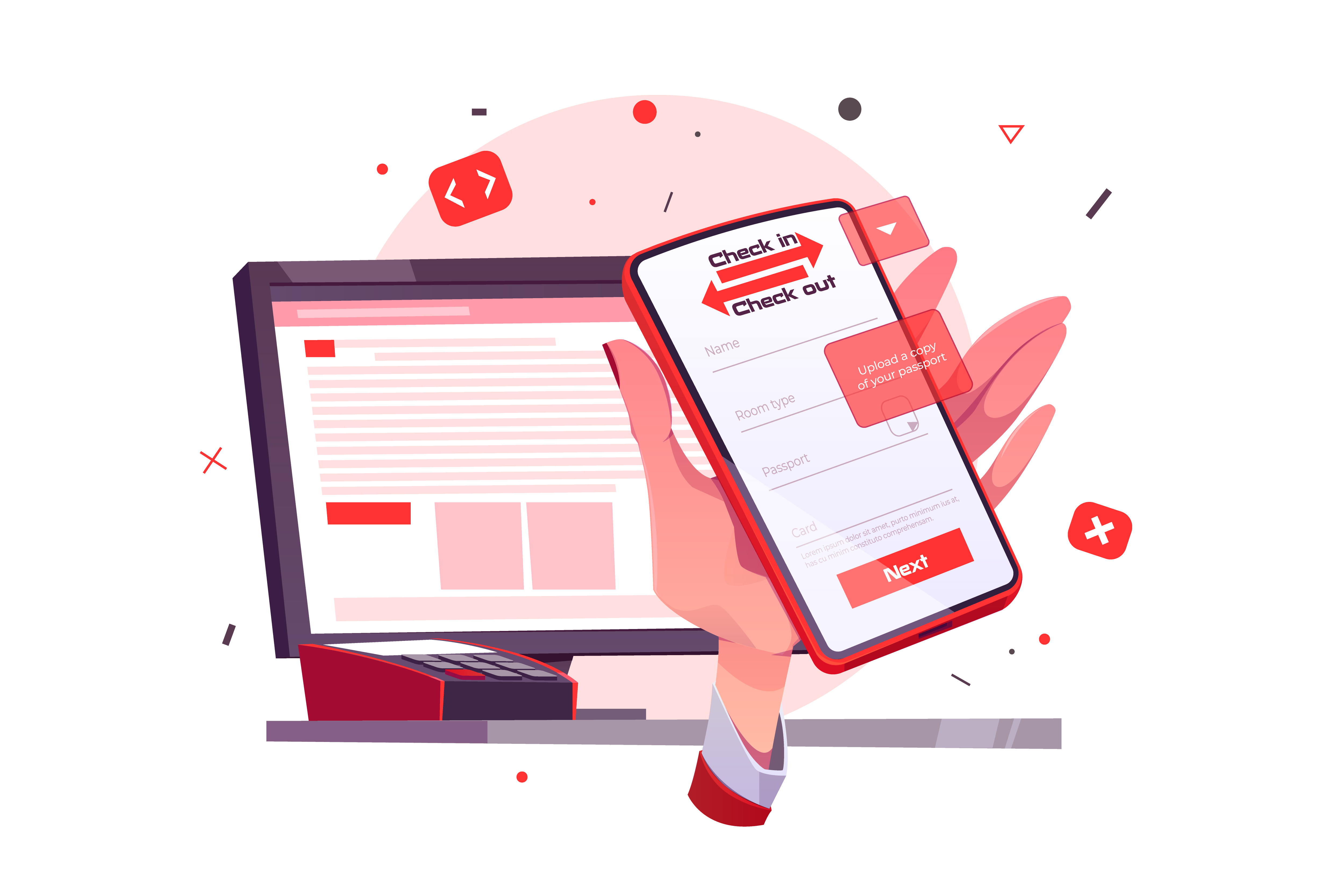Introduction:
Efficiency and convenience are paramount in today’s restaurants. Restaurant owners and operators always look for ways to streamline operations and improve customer experience. One way to achieve this is by using a restaurant revenue management tool that seamlessly interfaces with third-party applications. In this article, we will explore the benefits and challenges of integrating restaurant revenue management tools with third-party apps.
Understanding Third-Party Integrations:
Third-party integration refers to the process of connecting restaurant fare software with external applications and platforms, such as point-of-sale (POS) systems, inventory management software, reservation platforms, and online delivery services integrated with these third-party applications, restaurant -Billing software can extend its functionality, automate operations, and improve overall efficiency.
Enhanced Functionality and Efficiency:
One of the main advantages of integrating restaurant cost software with third-party applications is efficiency and effectiveness. For example, by integrating POS systems, payment software can automatically match sales data, inventory levels, and customer information, eliminating the need for manual data entry and reducing the risk of errors Similarly, online delivery Integration enables restaurants to more efficiently process orders, track deliveries and manage payments, all in a billing software interface.
Improved Customer Experience:
Customers’ experience is also enhanced through seamless integration with third-party applications. For example, connecting to table reservation centers allows restaurants to manage table sheets, send automated confirmations and reminders to customers, and check seating orders accurately in real-time This ensures a smooth, hassle-free dining experience for patrons, increasing satisfaction and loyalty.
Streamlined Operations and Cost Savings:
Integrating restaurant revenue management tools with third-party applications streamlines operations and can allow businesses to reduce costs. By automating tasks and reducing manual intervention, integration helps restaurants become more efficient, saving time and resources. In addition, integration can eliminate the need for multiple independent systems, reducing software licensing and maintenance costs in the long run.
Flexibility and Scalability:
Another advantage of integrating a restaurant revenue management tool with third-party applications is flexibility and scalability. As restaurant needs to evolve and evolve, integrated systems can easily adapt to change and expansion. Whether opening new locations, adding new services, or increasing productivity, integrated software solutions provide flexibility to support business growth without the need for expensive and time-consuming configuration changes
Conclusion:
Seamless integration with third-party applications is essential for modern restaurant payment software to maximize its functionality, efficiency, and customer satisfaction by connecting to POS systems, inventory software, reservation platforms, and the internet so delivery services, restaurants -Billing software expands its capabilities, streamlines operations, and improves the overall dining experience. As technology advances, integration will continue to be central to the restaurant industry, and for companies able to compete and meet the evolving needs of their customers. At the forefront of staying competitive and flexible to tackle your everyday restaurant needs, choose BillChampPOS, your ultimate solution that meets all your operational, financial, and marketing queries.

